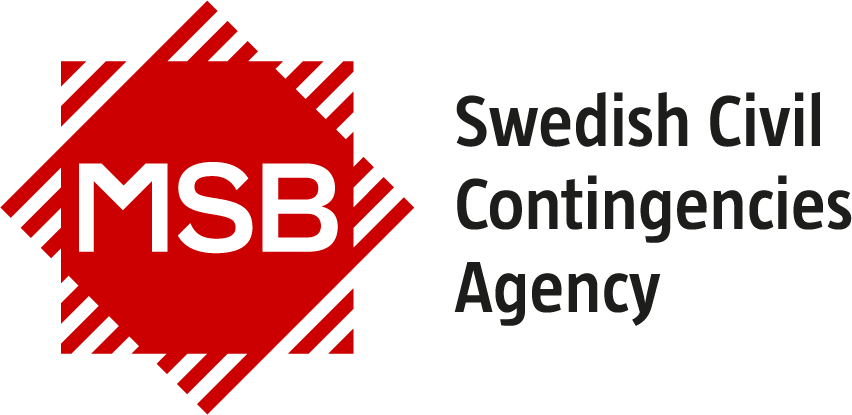Prepare for flooding
We know that climate change will lead to more extreme weather events and a heightened risk of torrential rain and flooding. It’s important that you exercise flood preparedness. Here's a list of things to consider and tips about where you can find more information.
Common problems associated with flooding include the inability to use roads, railways and tunnels, and the filling of properties with water. In the event of torrential rain and flooding, rescue services and other local authorities prioritise the protection of essential services, such as hospitals, and people who cannot get to safety themselves. Property owners and individuals must be prepared to protect and take responsibility for their property and possessions.
Stay informed about flooding risks
You can prepare by staying informed about flooding risks and following the SMHI weather forecasts. The MSB flood portal shows maps of flooding risks along Swedish watercourses and coasts.
Your municipality may also have information about flooding; for example, whether your area has been flooded previously and what the effects were. The municipality may also have information about the water situation and when a possible flood is expected to affect your area. The municipality often publishes this information on its website. The rescue services and insurance companies also have flood information on their websites.
Flood-proofing your house and property
There are different ways to flood-proof your house or property. For each house and property, site-specific measures need to be taken to mitigate the risk and effects. In the event of a flood, you may also need to build barriers using sandbags or pump out water from the basement.
Krisinformation.se has gathered information from various government authorities about how you as a property owner can prepare and act before, during and after a flood.
You can also get tips from your municipal rescue services or insurance company about how to best protect your house. Don't forget to review your insurance cover.
Make sure you have a home emergency kit
In the event of a prolonged power cut or other serious society-wide disruption, you need to possess at least a week's worth of emergency supplies, including water, food, and heating. In the event of a crisis, you will also need to be able to communicate with others and receive information from the media and government authorities. With the right level of preparedness, you can better manage a difficult situation – no matter what has happened. If you are prepared, you are helping everyone else around you – and even the entire country – to better manage a tough situation.
Most common types of floods
Floods occur fairly regularly in Sweden. The most common types of floods are:
- Floods along lakes and rivers that occur during long periods of heavy rainfall or snowmelt.
- Coastal floods due to rising sea levels, often associated with storms or other weather events.
- Floods resulting from extreme precipitation (torrential rain) falling over a small geographical area for a short period of time.
Other causes of flooding include ice jams in watercourses or structural failures, such as a dam break.
